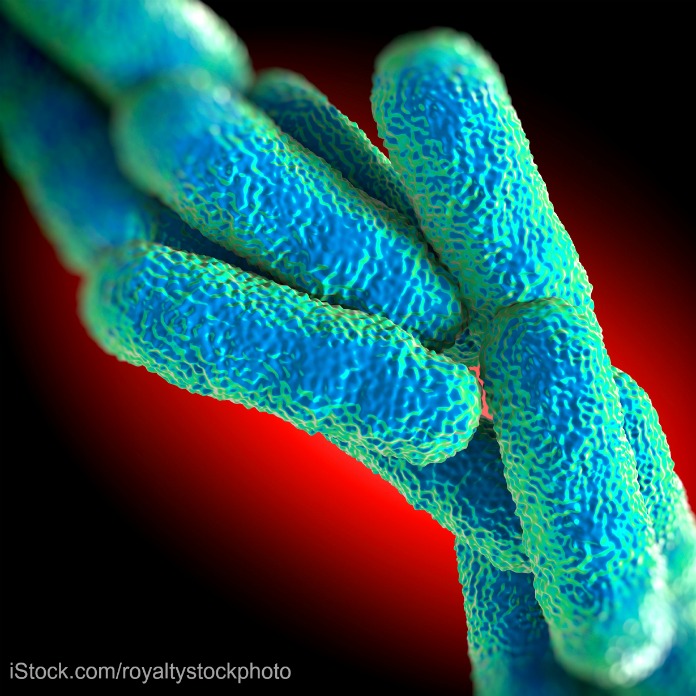Two patients who were admitted to the University of Washington Medical Center (UWMC)’s cardiac unit in late August were subsequently diagnosed with Legionnaires’ disease, a severe form of pneumonia which can be fatal in up to 50% of hospital-acquired cases. While one of these unnamed patients was treated and released, the other patient – a resident of Benton County – has died.

According to the Seattle Times, the first case was reported on August 26, 2016. At this time, hospital officials said that it was unknown whether the patient had contracted Legionnaires’ disease in the community or in the hospital. However, a second patient admitted to the same cardiac unit during the same timeframe was then also diagnosed with the potentially fatal illness.
Legionnaires’ disease is not communicable from person to person. Rather, it infects people who breathe or aspirate water vapor contaminated with Legionella pneumonia bacteria. These bacteria typically proliferate in poorly maintained water systems, cooling towers, hot tubs, heating systems, and water features such as decorative fountains.
Symptoms of Legionnaires’ disease typically present as those of severe pneumonia: cough, shortness of breath, high fever, muscle aches, confusion, diarrhea, and nausea. The incubation period for the disease – the time it takes from initial exposure to the bacteria until the onset of symptoms – is 2 to 14 days.
Meredith Li-Vollmer, a spokesperson and risk communication specialist for Public Health – Seattle & King County, told the media that UWMC has now hired a specialist to investigate its heating, ventilation, and air-conditioning systems for high concentrations of Legionella pneumonia bacteria. Results should be forthcoming within ten days.
According to the Washington State Health Department, the number of legionellosis cases in Washington state ranges between 15 and 45 cases. Most of these are sporadic instances, in which a common source cannot be identified.




